Order of the Lion and Sun, Type II, VII Class
SKU: 01.IRN.0102.241.01
Estimated market value:
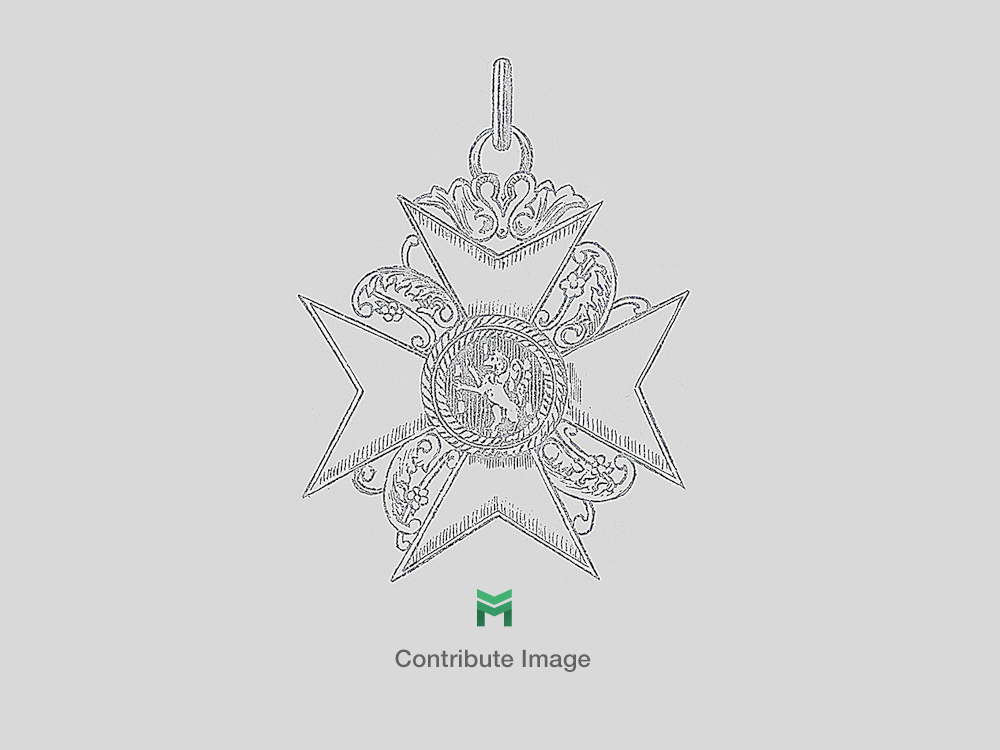
Estimated market value:
Attributes
History
The Order of the Lion and Sun was originally instituted by Fath-Ali Shah Qajar, the second Qajar emperor of Iran, in 1808. The Order was conferred upon senior government officers and foreigners in recognition of admirable and distinguished service provided to the State. In 1939, Reza Shah Pahlavi replaced the Order with the Order of Homayoun (Order of August).
Since its institution, the Order has undergone numerous organizational changes. The Type II Order was instituted under the reign of Mohammed Shah between 1834 and 1848. The Type II Order was conferred in 8 Classes according to military rank, from 4-star generals to non-commissioned Officers. Additionally, each class of the Order was awarded in 3 degrees. However, due to the complexity of the award and changes over time, the regulations of award, class, and degree criteria of the Order is uncertain.
The VII Class Decoration was issued in 6 Degrees. The 5th Degree was awarded to military personnel of the ensign and is composed of silver gilt and features 2 bands of ball finials bordering the circumference of the decoration.
There are multiple versions of the VII Class Decoration which vary by design and composition. The Order is known to feature 2 distinct badge pendant designs. The centre medallion of the Order's badge depicts either a statant (standing) lion holding a sword or a resting (couchant) lion. Various sources posit that the statant lion was issued to recipients in recognition of military service, while couchant lions were awarded to denote civil service. However, other sources believe that the statant lion was awarded to Persian nationals and the couchant lion was awarded to foreigners. More research is necessary.
There is also great variation across designs of both the statant and couchant lion. This is due to multiple European, Russian, and Iranian manufacturers of the Order; who abide by different production regulations and procedures. Additionally, the centre medallion of the badge pendant was often hand painted, making examples of the Order highly variant and unique.
There is limited information regarding this item.
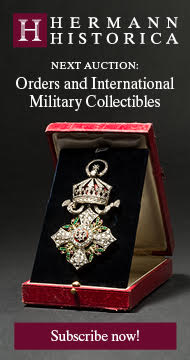
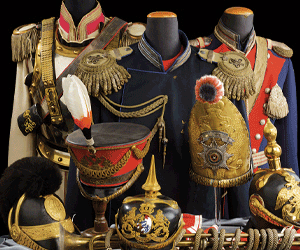
Comments
Sign in to comment and reply.
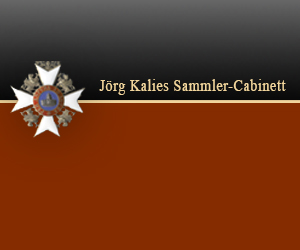
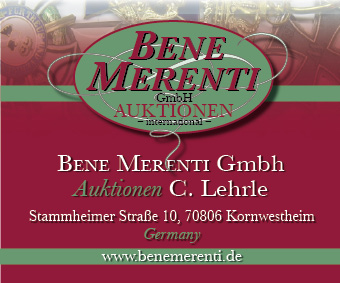
Scroll Top